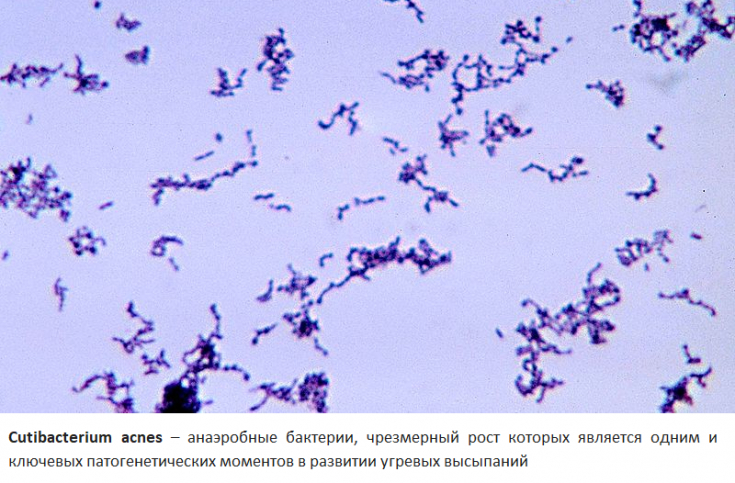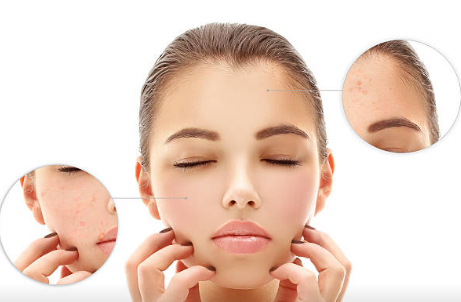Acne – chronic inflammatory skin disease, which is based on hypersecretion of the sebaceous glands against the background of their genetic predisposition.
One of the key pathogenetic components of the development of acne is the infectious agent – microorganism Cutibacterium acnes. Its excessive reproduction against the background of hyperproduction of sebaceous secretion contributes to the aggravation of acne rashes.
Therefore, in the treatment of acne, an important place belongs to antibacterial therapy. In this article on estet-portal.com, we will review modern aspects of the use of local antibacterial agents in the treatment of acne, compare their safety and evidence-based effectiveness.
Benzoyl peroxide – effective topical antibacterial agent
Benzoyl peroxide, in addition to topical retinoid acne therapy, is a key component of acne treatment. This product has a mild keratolic effect on the skin.
By releasing oxygen free radicals, benzoyl peroxide effectively inhibits the growth of Cutibacterium acnes (formerly known as Propionibacterium acnes), preventing the development of microbial resistance.
The use of high concentrations of benzoyl peroxide is not justified, as it leads to a significant increase in local skin irritation without much increase in effectiveness.
Follow us on Facebook
Use of local antibacterial agents: erythromycin and clindamycin
Use of topical antibacterial drugs – erythromycin and clindamycin – also effectively reduces the number of microorganisms Cutibacterium acnes.
Cutibacterium acnes resistance to erythromycin and clindamycin is widespread today, so they should not be used as topical monotherapy for acne.
Today, combined topical acne treatments are available on the pharmaceutical market, in particular:
1. Clindamycin 1% with tretinoin (a topical retinoid);
2. Clindamycin/erythromycin with benzoyl peroxide.

The combination of benzoyl peroxide with a topical antibiotic has been shown to be more effective in reducing antibiotic-resistant strains of Cutibacterium acnes than either of these alone.
Later acne in women: non-adolescent problems and solutions
Clinical efficacy of dapsone and azalaic acid in the treatment of acne
A study on the use of dapsone has proven that the drug has a pronounced clinical efficacy in eliminating acne. Dapsone may be used as first line therapy in patients with sensitive skin.

A few cases of hemolysis and methemoglobinemia have been reported in a safety study with dapsone.
Azelainic acid – remedy used in patients with acne predominantly for its ability to alleviate post-inflammatory hyperpigmentation.
Azelaic acid may be an effective topical treatment for mild acne. This agent also normalizes keratinization and inhibits the growth of Cutibacterium acnes.
Acne in women of reproductive age: features of the disease
Acne disease: is it worth using salicylic acid
Despite the widespread use of salicylic acid in the treatment of acne, there are only limited clinical trials supporting its effectiveness.
Salicylic acid has the advantage of a broad safety profile and may be effective in treating mild acne.
The widespread use of salicylic acid in the treatment of acne is probably due to over-the-counter and material availability of the substance, and not its high effectiveness.
In terms of its ability to inhibit the growth of Cutibacterium acnes, salicylic acid is significantly inferior in its effectiveness to other topical antibacterial agents described above.
Thank you for staying with estet-portal.com. Read other interesting articles in the "Cosmetology" section. You may also be interested in What medications can cause drug-induced acne
Translated from The New England Journal of Medicine







Add a comment